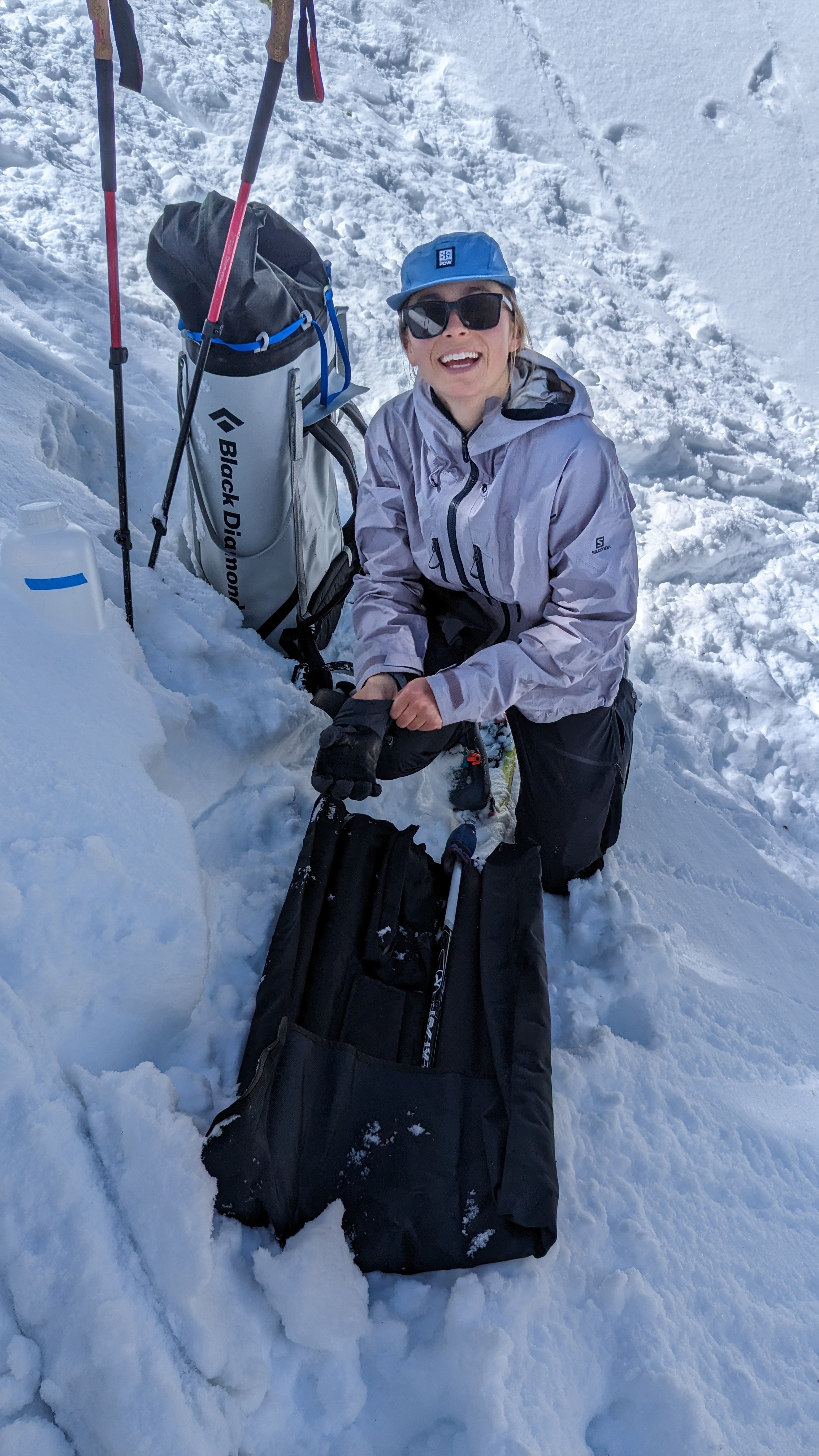lila rickenbaugh
Assessment of Water Availability for Irrigation within the Elevational Gradient of a Mountainous Catchment in Southwestern Montana
As many critical agricultural regions around the world rely on water stored in mountainous snowpack for irrigation, our current and future ability to grow food is threatened by more frequent, severe, and extended snow droughts. As such, water resource managers will need more efficient and accurate methods to characterize the snowmelt cycle and forecast water availability. In my research I am integrating in-situ and remotely sensed data to assess the relative contributions of groundwater and current season’s snowmelt to irrigation supply in a montane catchment in Southwestern Montana. I am utilizing stable water isotope ratios (H2 and O18) to compare weekly samples of stream water at low elevation to monthly samples of snow and groundwater. To understand the timescale on which snow contributes to stream water I am analyzing satellite-derived Synthetic Aperture Radar (SAR) data. This provides approximate dates of snowpack warming, ripening, and importantly, runoff onset at discrete locations in the watershed. Combined, these analyses will provide estimates of where and when irrigation water originated for agricultural land in the Paradise Valley.
Lila grew up in Bozeman where she developed her love of the mountains and her curiosity for large-scale ecosystem processes. She earned a bachelor’s degree in environmental studies and philosophy from Dartmouth College. After graduating in 2020 she returned to Bozeman and worked for a local business helping agricultural producers across the state to reduce their dependence on chemical fertilizer. Through this work she was directly exposed to the effects of drought on food production, and was motivated to study snow as a resource for irrigators. She is currently pursuing a Master’s degree in the earth science department at MSU.


